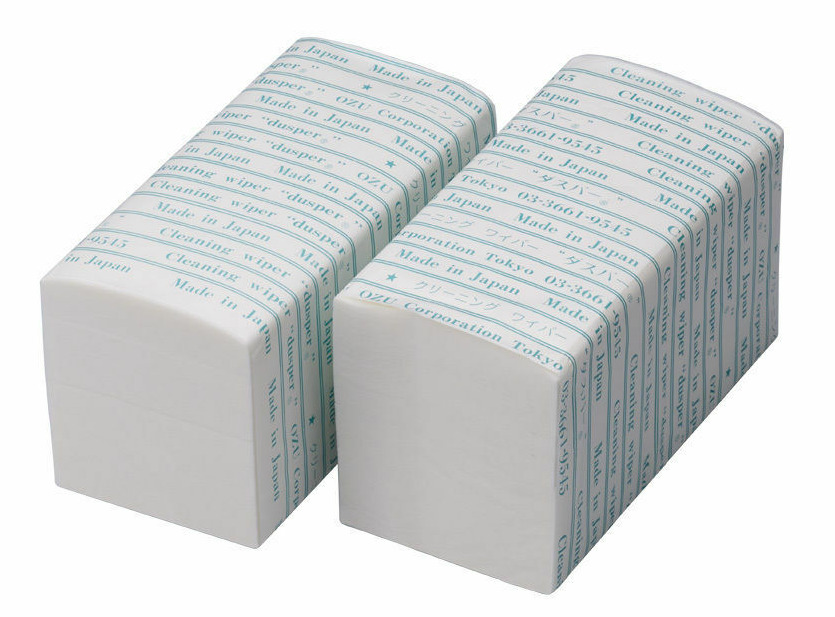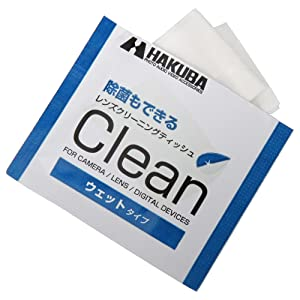Column Category
How to clean the lenses of March Scopes
Posted 06/29/2022
We often receive inquiries on how to clean the lenses, so today we would like to share our recommended cleaning method. Before start cleaning, please observe the following precautions. March scopes with objective lenses larger than 42 mm use Super ED or ED lenses. ED lenses are sensitive to temperature shock and may crack due to sudden and large temperature changes. Please make sure to wait until it comes to room temperature before cleaning with water.
Cleaning method for scope lenses
1. Unlike camera lenses, scope lenses are likely to be contaminated with gunshot residue, dust, mud etc. As these materials may be dry, do not rub them off as it is, but thoroughly rinse off with water first. March Scopes are waterproof to at least 4 meters so you do not have to worry if the water may get inside the scope. (As hand air blower bulb for camera may not be able to remove all materials, we recommend to rinse the lenses with water.)
2. After rinsing the lenses, please wipe gently with a high-quality lens cleaning cloth (1*) supplied with the March Scope. If you wipe over dust, it may scratch the lens, so please make sure that there is no dust or sand before wiping. Dry tissue paper is not recommended as it tends to leave fibers and may scratch the lens. However, it is fine to wipe the lens when the tissue is wet.
(*1) It is important that the cleaning cloth itself is clean. Rubbing with a dirty cloth will scratch your valuable lenses. If the cleaning cloth becomes soiled, rub it with warm water (about 40 degrees Celsius / 104 degrees Fahrenheit) with a drop or two of neutral detergent dissolved in it. Cleaning cloths are made of delicate materials, so do not rub the cloth too hard or the fibers will be damaged. If the stain is very heavy and difficult to remove, leave the cloth soaking for a while before washing. If detergent is left on the cloth, it may cause damage the next time you wipe the lens, so rinse at least three times. Never twist the cloth because it is a delicate material. Hold it between the palms of your hands and squeeze it tightly. Avoid direct sunlight and hang dry in the shade with good air circulation, as using a dryer will damage the fibers. When the threads of the cloth start to fray, it is a sign that it is time to replace it.
3. Allow the lenses to dry completely.
4. The procedure above is sufficient, but if you want to clean the lenses further, wrap a piece of silbon paper (or lens cleaning paper) either around a cleaning stick (*2), a cotton swab, or your finger, soak it in anhydrous ethanol (*3) and wipe gently from the center of the lens to outward. We do not recommend using tissue paper instead of a silbon paper, as the fibers tend to remain. Lens cleaning paper that has been soaked in alcohol from the start is recommended for easy use. Please discard the paper after one use.
(*2) When the stick is vertical, the hard part may hit the lens and damage it. Lay the stick down (about 45 to 60 degrees to the lens surface) and wipe so that the hard part does not hit the lens. Do not scrub the lens with force, as this will damage the lens. Also, do not wipe backwards as dirt or dust will stick to the wiped area. Wipe slowly, as rushing will result in an uneven surface.
(*3) Ethanol is classified into three types in descending order of alcohol concentration: anhydrous ethanol (99.5 vol%), ethanol (95.1~96.9 vol%), and ethanol for disinfection (76.9~81.4 vol%). Different concentrations have different properties, so they must be used in different ways depending on the application and need. Anhydrous ethanol is suitable for precision instruments as it is highly volatile and dries quickly, leaving no water droplets. However because it is highly flammable, do not use fire around it. Be sure to ventilate the room when using the product. Be careful not to get it in your eyes. Keep the lid tightly closed and store in a cool place out of direct sunlight. Avoid places near fire or where children or pets can reach it.
Below is a Nikon’s Youtube page showing how to clean a camera lens. We recommend that you rinse off the scope lens instead of using an air blower bulb to remove the gunshot residue and dust etc. but you can see in this video on how to clean the lens with a silbon paper.
We are not recommending these specific items but below are the products mentioned above for your reference.
We hope that your March Scope is properly maintained and you can enjoy shooting for a long time!
Posted by : Mari Morita




